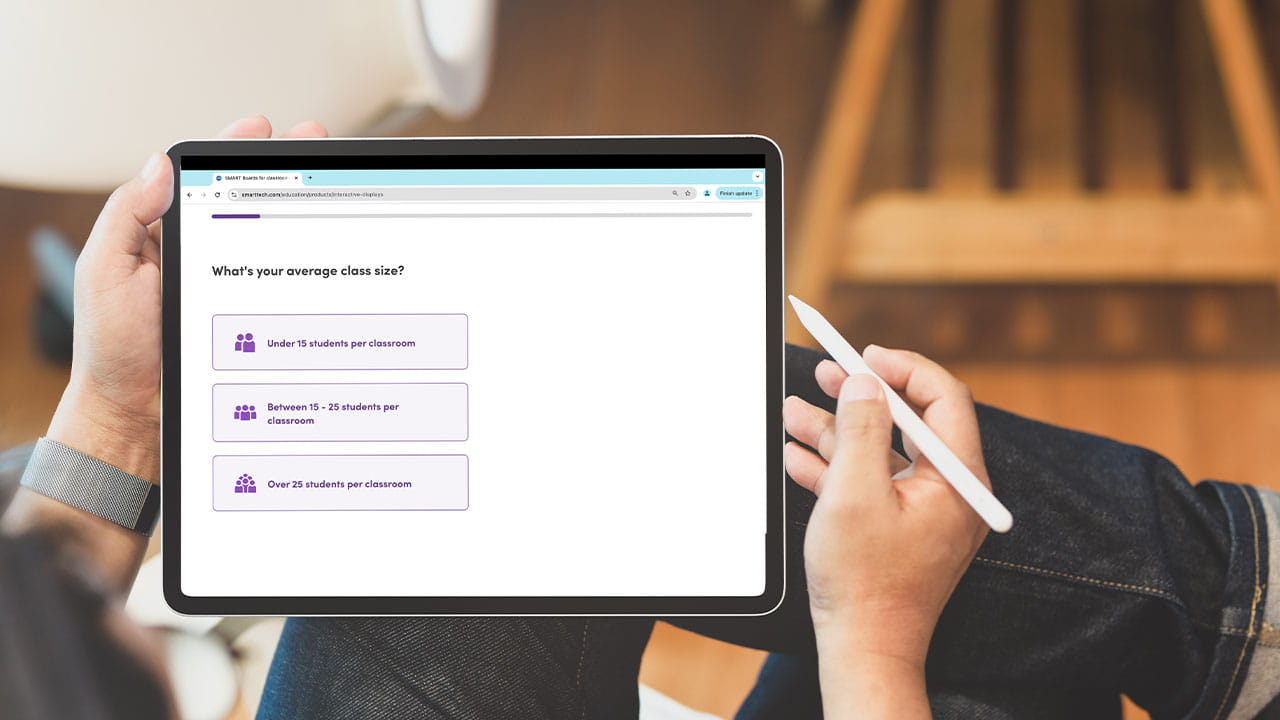If you’ve spent even a few minutes around young children, you’ve likely noticed their eagerness to be hands-on with the world around them. Valuable lessons emerge through this type of play, and it is a critical component of early childhood development.
But by the time kids reach school age, play is often considered frivolous. Play, of course, brings “fun” into learning, but its benefits also include increased emotional, intellectual, physical, and social development. Research also shows that students engaged in play are more successful academically.
Playing with learning, messing around and ‘getting dirty’ is how our brains are primed to learn,
says Kris Astle, education strategist for SMART Technologies and lifelong educator. When we think about younger students, they're doing a lot of role-playing to find their identities and ideas. They are also exploring learning in different scenarios and seeing where it fits and doesn't.
Educators can use play to help students of all ages engage with their learning. Read on to learn how.
Play helps all students from kindergarten to graduation
Play is as important for older students as it is in elementary classrooms, Astle explains. For older students, Astle introduces trial-and-error as an element of play to create meaningful lessons. Instead of handing out prescribed instructions, Astle recommends challenging students to design experiments and conduct research. Offering suggested pathways such as interviewing classmates or experts, searching the internet, and testing a theory, can help students get started. However, one of the primary premises of play is to let students decide how to proceed.
Astle, a former biology teacher, offers an example based on photosynthesis, which is the process by which green plants use sunlight to draw energy from carbon dioxide and water.
Rather than lecture students and have them read from a textbook, Astle encourages students to explore what happens to a plant when they pull off a leaf or take the plant apart, or the environment changes. Video, audio, and virtual tours round out the lesson, helping students connect what is happening to their plant back to the core principles of photosynthesis.
The benefits of play as a teaching strategy
Cognitive scientists report that when learners intentionally engage with the material, they observe with purpose and reflect critically to establish understanding. As a result, they retrieve information from long-term memory and apply new information to existing knowledge.
The most powerful takeaway is that there is no ‘right answer.’ That lies in how the student explores the topic and unpacks things,
Astle says. Teachers are integral to providing direction, suggesting next steps, supporting students, and offering advice when a student gets stuck but allowing them to lead the outcome.
Education technology provides ready access to play-based activities while also letting the teacher identify the tools that best match each student’s needs. For example, online games, quizzes, and collaborative play-based activities provide teachers with interactive, real-time feedback on each student’s evolving understanding of the content area. These types of activities help bring play-based strategies and personalized learning together, resulting in learning that’s engaging and powerful for students while giving teachers the insight they need to support them.
Being attuned to a student’s individual progress is particularly important in the wake of the shift to remote and hybrid learning during the COVID-19 pandemic, which widened learning gaps. With the learning environment rapidly changing, educators must opt for flexible technology that lets them tailor instruction to students’ varied needs.
Tapping into students’ imaginations through play is a powerful way to individualize learning. EdTech can help by giving educators a way to connect the experience back to students’ learning goals. The key to successfully using play as a teaching strategy is to remember that it’s not a one-size-fits-all approach, nor should it serve as the single solution to student achievement.
When we put the learner at the center by asking them to do something, they take what they already know and seek out new ideas to connect it to,
Astle says. That’s the light bulb moment.
Ready to learn more about how to incorporate active learning strategies into your classroom? Visit our blog or check out Lumio’s library of activities and resources focused on active learning.



